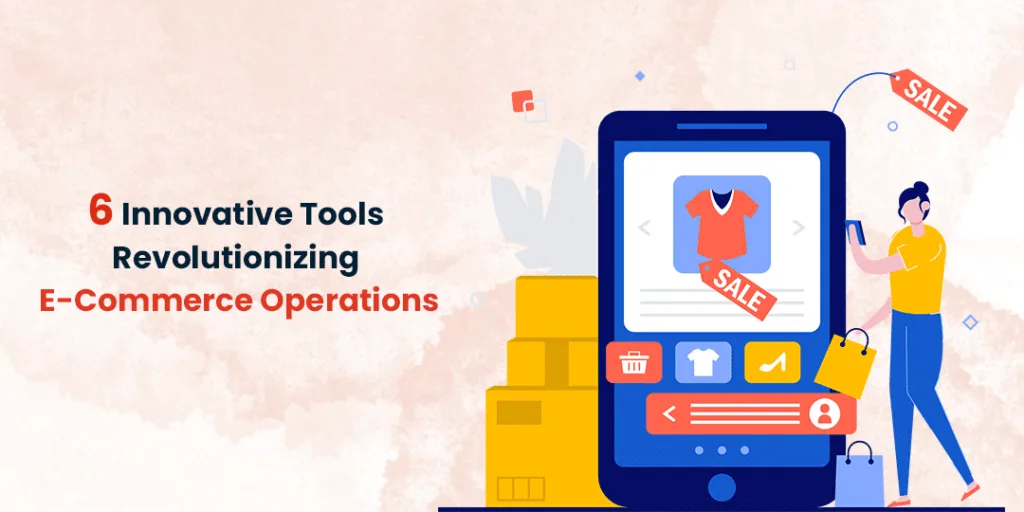E-commerce has transformed the way consumers shop for products and services and interact with businesses. And now, it is e-commerce that is slowly but surely being transformed by a myriad of innovative technologies that are affecting everything from how businesses present and sell their goods to how they communicate with their customers.
What exactly are these technologies, and should your business adopt some of them to stay ahead in an increasingly competitive market? To answer the second part of that question: yes, absolutely. You can read all about the tools and technologies themselves below.
Predictive Analysis
Any e-commerce business that wants to remain competitive in the future needs predictive analysis tools in its toolkit. Tools like Google Analytics and Kissmetrics use advanced algorithms to analyze past customer data and then predict future trends based on that data, which can help your business in many ways.
For example, these tools can help you predict which products are most likely to be in demand during specific seasons, so you can stock your inventory and tailor your marketing strategies accordingly. This way, you can offer personalized recommendations and promotions, and even optimize your pricing strategies to boost conversions.
Smart Financial Management
Effective money management is crucial for the success of any e-commerce store. While you could, technically, manage your finances manually, this approach would not serve you well as it’s time-consuming and very prone to errors.
Thankfully, you don’t have to – accounting tools such as QuickBooks, OnPay, and Xero are designed to automate financial processes and help your business remain tax-compliant.
Other tools, such as Moss, an expense management software, can help your e-commerce store automate and digitize spending, monitor expenses in real-time, and even issue virtual credit cards to your employees.
Chatbots and VR Assistants
Providing excellent customer service is the key to success in e-commerce, and chatbots and virtual assistants are making it easier than ever for businesses to interact and connect with their customers.
Thanks to AI-powered chatbots, platforms like Zendesk and Intercom can help you with everything from answering customer queries to providing personalized product recommendations and even processing orders.
The best part? They are available around the clock, so your customers can get instant support whenever they need it, which can go a long way in helping boost customer satisfaction. Plus, they gather valuable customer data that can help you improve your marketing campaigns.
Voice Search
With the rise of voice-enabled devices like smartphones and smart speakers, it’s becoming more and more important to have a strong voice search presence in the e-commerce world. In fact, according to one survey by PWC, 50% of respondents said they have already made a purchase using their voice assistant, while an additional 25% said they would consider doing so in the future.
That’s a big number of shoppers you could miss out on if your website is not optimized for voice-search.
How to make your website voice-search friendly? Optimize your product listings with voice search-friendly keywords to improve visibility and attract more organic traffic. Our recommendation is to do so quickly because while voice commerce may be on the slow rise, it’s definitely here to stay.
Blockchain Technology
Blockchain technology may be relatively new, but it’s already revolutionizing supply chain management and payment processing in e-commerce.
By using blockchain, businesses can make supply chain management and payment processing more transparent, traceable, and secure. How? Well, each transaction is verified by multiple nodes, making it virtually impossible to alter or tamper with the transaction history. This is something that can go a long way in helping build trust in your customers.
But that’s not all – blockchain technology even enables end-to-end traceability in supply chains, allowing customers to track the origin and journey of products. For example, Walmart uses blockchain to track the movement of food products, enhancing food safety and reducing wastage.
Augmented and Virtual Reality
Augmented reality (AR) and virtual reality (VR) are two other technologies that are quite literally reshaping the e-commerce industry by offering immersive shopping experiences to potential customers.
For example, tools like IKEA Place and Sephora Virtual Artist allow customers to visualize products in their own space before making a purchase. If VR or AR (or both) is possible for your website, consider using it as this can help reduce return rates and increase customer confidence in their buying decisions.
Wrapping Up
The e-commerce landscape continues to evolve rapidly thanks to various innovative technologies that help enhance customer experiences and streamline operations.
From predictive analytics to chatbots and voice search, these tools allow e-commerce businesses to create personalized marketing strategies and offerings, improve user experiences, and ultimately boost their profitability.
Any business that aims to thrive in this increasingly competitive market would be wise to keep abreast with emerging technology and adopt some of these tools and systems in their operations.
